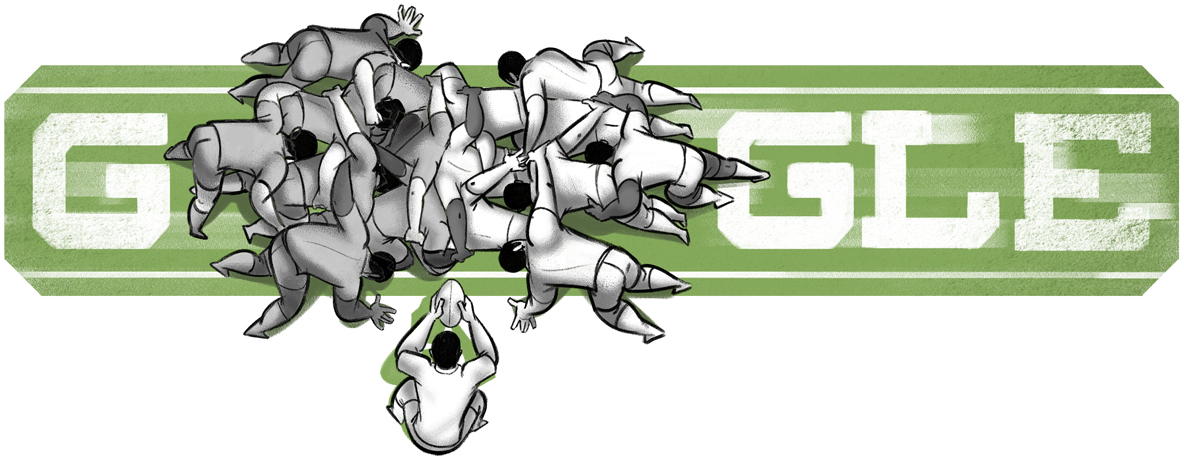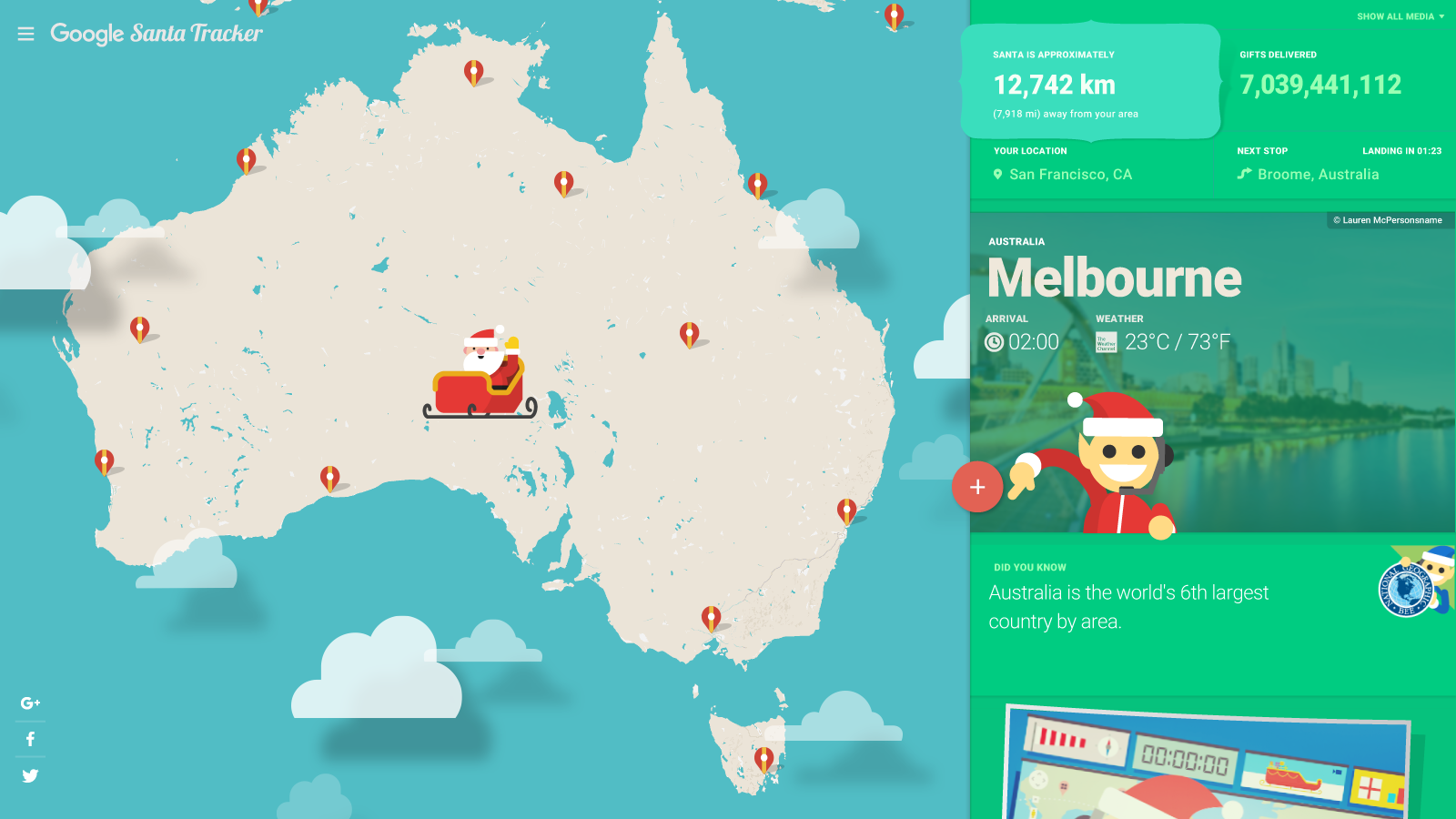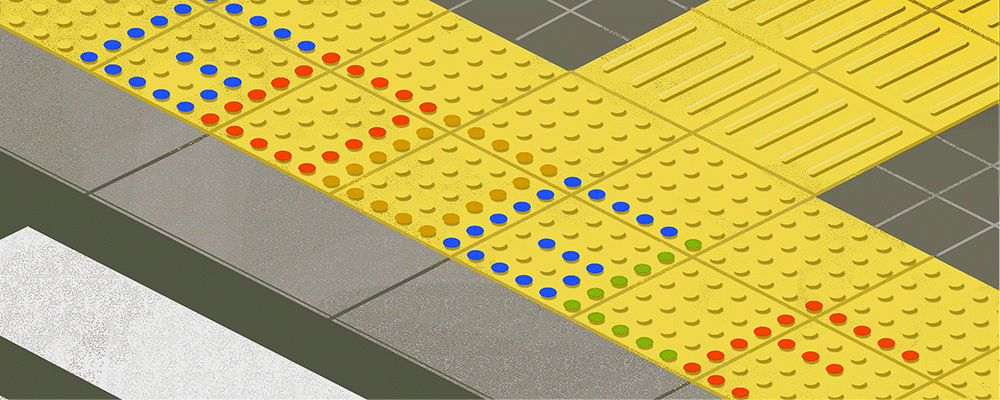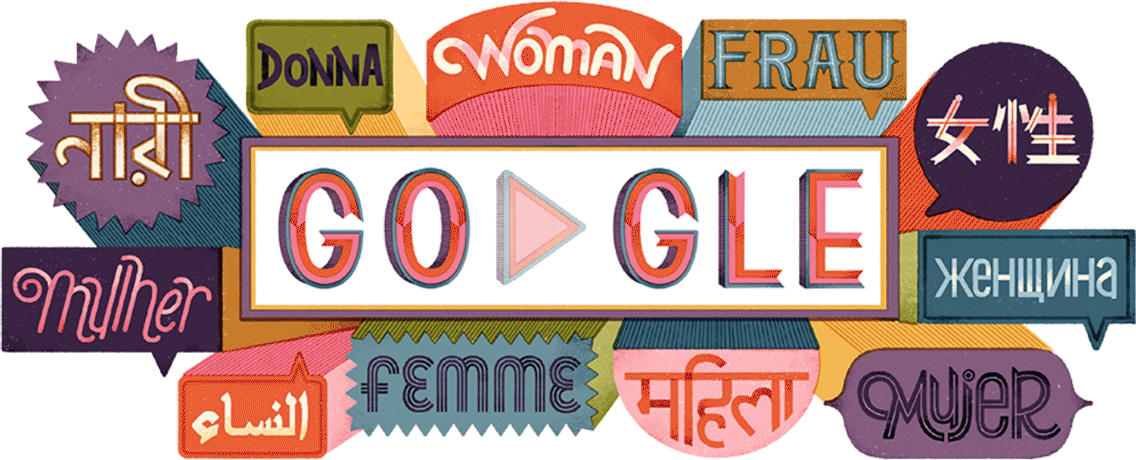When Google co-founders Larry Page and Sergey Brin were headed to Nevada’s Burning Man festival in August of 1998, they wanted users and employees to know they wouldn’t be at the search engine’s helm for a while. The Ph.D. students at Stanford University decided to replace the second ‘O’ in Google’s homepage logo with a stick figure resembling the festival’s logo.
“It was a little bit of a joke,” Jessica Yu, the Google Doodle team lead, tells TIME. “It has definitely evolved a lot since then.”
What began as a joke became Google Doodles that celebrate and honor holidays, people and issues worldwide, now an important venture for the tech giant.

Back when Brin and Page posted the Burning Man design, it was less than a week before Google was incorporated as a company on September 4, 1998. It was two years until they used a prototype-Doodle again. But this time, rather than an out-of-office message, the design celebrated France’s Bastille Day on July 14, 2000. Dennis Hwang, an intern at the time, was tasked with creating the design.
Hwang became the chief designer for Doodles, creating about 50 per year, according to an interview with Stanford’s alumni magazine. Hwang has since moved onto equally impressive projects as a vice president of visual and interactive design at Niantic, where he designed Pokémon Go.

“In the early years, it was a controversial thing to do,” Hwang told TIME in a previous interview, of altering the company’s logo. “If you read any kind of corporate marketing or branding textbook, the one thing they tell you is to make your corporate branding consistent no matter what. But Larry and Sergey said, ‘Why not? We should have fun with this.'”
Hwang continued creating Doodles for popular holidays like Thanksgiving and Christmas — leading to one of the program’s best-known animations, the Santa Tracker. The Santa Tracker game allows users worldwide to keep tabs on “Santa” as he delivers gifts on Christmas Eve, inspired by the North American Aerospace Defense Command (NORAD)’s version, which began in the 1950s. In 2005, Hwang designed icons for the tracker to use alongside the Google Earth-led project. More than one million people tracked Santa with Google that year, according to the company, so the annual tradition continues.

Google does not publicly reveal view counts for all Doodles, so it’s hard to track just how popular the animations are. But the Google Doodle team is now comprised of a few dozen artists, managers, engineers and other employees who work towards a diverse range of designs, Yu says.
The team certainly has extended its animations beyond just Christmas. A Doodle in March honored Japanese inventor Seiichi Miyake, who created Tenji, or tactile, blocks to help visually impaired people navigate public areas. “With every Doodle we want to surprise and delight our users,” Yu says, “so it’s important that we celebrate a wide range of people and topics.”

Doodle techniques have also continued to evolve over the years. A September 2018 Doodle honoring Fred Rogers used stop motion animation, while last year’s Halloween Doodle was a multiplayer video game that allowed users to play with others. This year’s July 4 Google Doodle featured an animated backyard baseball game.
Novice designers are welcome to participate, too. In 2008, the company formalized that process in one way, beginning a competition for kindergarten to twelfth grade students in the U.S. The winner of the annual Doodle for Google contest gets their Doodle displayed on Google’s homepage, as well as scholarship money and “tech packages,” according to Google. The company holds separate competitions for countries throughout the world.

This year’s theme was “When I grow up, I hope…” and 222,000 students applied, Yu said in Google’s winner announcement post. Arantza Peña Popo won for her Doodle, “Once you get it, you give back,” a piece of art showing generations of the women in her family. Jimmy Fallon, who was one of the year’s contest judges, had her on The Tonight Show to celebrate her win. “When I grow up, I hope to care for my mom as much as she cared for me my entire life,” the winner told Fallon on his show in August. “My mom has done so much for me and sacrificed a lot.”
The Doodle team also promoted that message of empowerment on March 8 for International Women’s Day. With an interactive slideshow designed by women from around the world, 13 women leaders from different countries shared their perspectives on feminism and the future. “While each quote told a unique story,” Yu says, “they touched on universal themes, reminding us of how much we often have in common, even if we speak a different language or have very different backgrounds.”
In addition to having new, different voices on the website through Doodle for Google, Yu says the team also encourages diversity of voices by having local managers based internationally. Someone in this on-the-ground position acts as a “cultural consultant,” and is typically from the country they’re representing.

Whether a Doodle is deployed in twenty countries’ Google homepages or just a few, some of the most touching ones honor those who have passed. A Feb. 7, 2015 Doodle was created in honor of Laura Ingalls Wilder’s 148th birthday. For Maya Angelou‘s 90th birthday on April 4, 2018, an animated video featured the poet’s writing. Some lines were read by Angelou’s own voice while others were voiced by artists inspired by the late author, including Alicia Keys, Laverne Cox and Oprah Winfrey.
“Often, Doodles give people the opportunity to connect, online or off, over memories of someone or something that has been meaningful in their lives,” Yu says. “Occasionally the Doodle itself will even facilitate connection.”
More Must-Reads From TIME
- The 100 Most Influential People of 2024
- The Revolution of Yulia Navalnaya
- 6 Compliments That Land Every Time
- What's the Deal With the Bitcoin Halving?
- If You're Dating Right Now , You're Brave: Column
- The AI That Could Heal a Divided Internet
- Fallout Is a Brilliant Model for the Future of Video Game Adaptations
- Want Weekly Recs on What to Watch, Read, and More? Sign Up for Worth Your Time
Write to Rachel E. Greenspan at rachel.greenspan@time.com